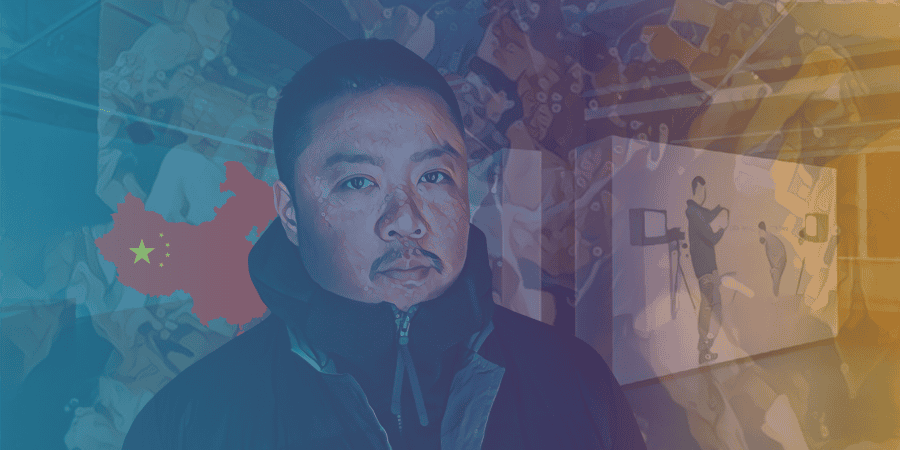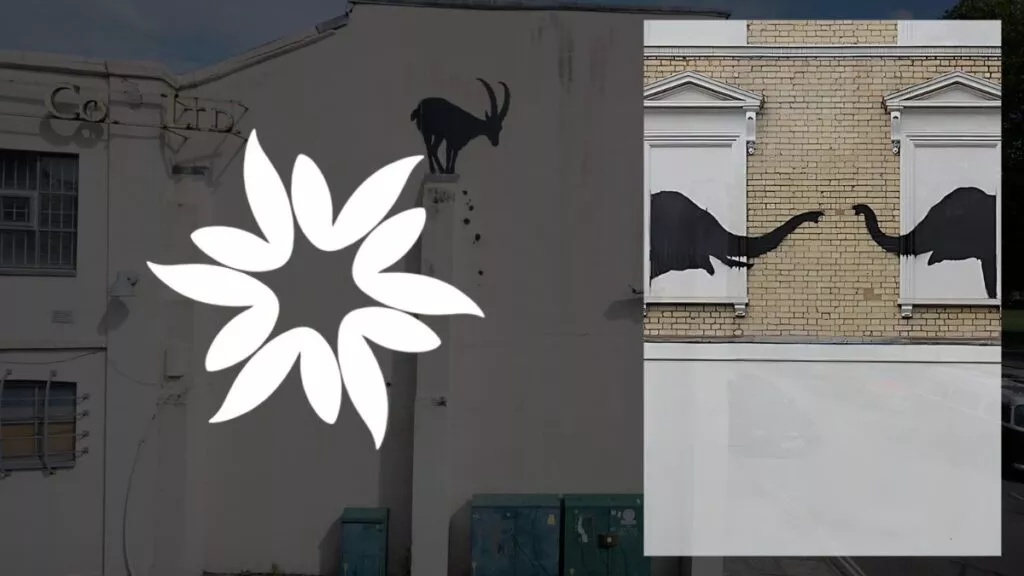Key Takeaways
- Wang Tuo's exhibition focuses on art and politics in China, particularly within an authoritarian environment, using his latest film, The Second Interrogation (2023), as a centerpiece.
- The Second Interrogation examines the relationship between art and politics, discussing the 1989 "China/Avant-Garde" show and debating the potential for reform in China's system.
- Wang presents intimate portraits of unnamed friends as "Weapons," symbolizing their way of living as the best form of resistance and hope for change in China.
- The exhibition tests Hong Kong's new red line, as Wang's works would not be tolerated in mainland China, sparking curiosity from Hong Kong artists about their mainland peers.
- Wang distinguishes two kinds of progressive Chinese artists: those who challenge the government's red line and those who work towards permanent societal transformation, encouraging viewers to consider the role of art in shaping society.
Wang Tuo, a Beijing-based artist, has gained prominence with his solo show at Blindspot Gallery in Hong Kong.
Wang’s work primarily focuses on the reality in China, seeking to address and solve various problems.
The exhibition, featuring his latest film, The Second Interrogation (2023), explores the relationship between art and politics in an authoritarian environment.
A Decade of Artistry
After pursuing biology, Wang chose to follow his passion for art, obtaining a Master’s degree in Beijing and an M.F.A. in Boston.
Over the last decade, Wang has produced philosophical, multivalent, and poetic films.
His work frequently delves into history, crafting a sharp lens through which the present can be examined.
Examining Art and Politics in China
The Second Interrogation is a striking two-part film, consisting of two 30-minute segments.
The film revolves around a conversation between an artist and a censor, discussing art and politics in an authoritarian setting.
Central to the discussion are the notorious performances of the 1989 “China/Avant-Garde” show in Beijing, which were later dubbed the “Seven Sins.”
The film’s characters debate whether the system had the potential to reform more than 30 years ago and whether the movement at the time strangled the possibility of reform in its infancy.
Portraits as Weapons
At Blindspot Gallery, Wang is also presenting intimate portraits of unnamed friends, including artists, journalists, musicians, and poets.
Wang considers their way of living to be the best form of resistance in China, and he titles these richly colored, slightly abstracted portraits “Weapons.”
Wang believes that as long as such individuals exist in China, the country has hope.
The exhibition serves as a test of Hong Kong’s new red line, as Wang is aware that his works would not be tolerated in mainland China

The Power of Art
Drawing inspiration from influential writer Lu Xun, who believed that writing could save the minds of the Chinese, Wang also believes in the power of art.
He asserts that art can bring about change and help people understand their reality better.
Testing Hong Kong’s Red Line
Wang’s exhibition in Hong Kong has generated significant interest, particularly as artists in the city have become more curious about how their peers in mainland China cope with restrictions on their work.
The exhibition serves as a test of Hong Kong’s new red line, as Wang is aware that his works would not be tolerated in mainland China.
Wang’s Two Kinds of Progressive Chinese Artists
In The Second Interrogation, Wang describes two kinds of progressive Chinese artists: those who boldly challenge the Chinese government’s red line, like Ai Weiwei, and those who quietly prod viewers for more permanent societal transformation.
Wang leaves it up to the audience to decide which type he is, inviting them to engage with his work and consider the role of art in shaping society.
As Wang explores the boundaries of art and resistance in China, his exhibition invites viewers to reflect on the power of art to instigate change, challenge authority, and inspire hope.








